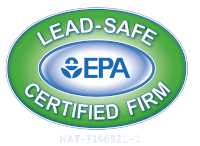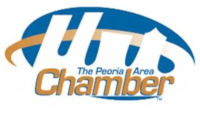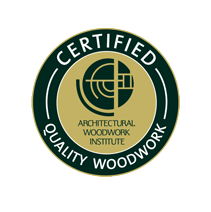Overview
As long as you have the right equipment and materials, it’s not too difficult to recreate something that was lost. In this case, a wooden processional cross was constructed based off the designs contained in old photographs.
In Depth
The photographs of the original cross were analyzed and used to create an accurate template. Following this design, the wood shop got to work cutting and assembling the neccessary components. The most straightforward of these is the shaft. This long rod was cut to the height indicated in the template. Creating the horizontal and vertical beams of the cross required a bit more finesse, as these sections feature expanded tips and beveled edges.
Both faces of the original cross possessed a shield emblem. These emblems each bore a symbol (the IHS and Omega Cross respectively) that represent Jesus Christ. Both designs are stylized to the point where it is tricky to accurately recreate them by hand. As such, we opted to digitally trace the old photographs into the software of a carving machine. This tool cut the replicas of both emblems out of a wooden board. Afterwards, the emblems and beams were assembled into a proper cross.
Before the fabrication could be considered finished, a connection point between the cross and the shaft needed to be built. This was the hardest part of the recreation, as the point requires a rounded multi-layer profile. This shape is made by placing a block of wood in a rotary lathe and spinning it at high speed. A bladed instrument is then pressed against the wood surface, scoring into its depths with each successive pass. By carefully inserting the blade at the correct points of the wood, the desired shape is gradually formed.
After the ring with the inscription was fabricated, the processional cross had all of its necessary parts. These were coated in a rich, brown wood stain to give them some color. To create a pleasing sheen, the components are then covered in a satin glaze. The coatings need time to bond with the wood. As such, a curing time lasting between one to three days is required depending on the type of compounds that were applied.
Once every part was ready, the cross underwent its final assembly. The head was attached to its base, which in turn was secured into the shaft. After testing to ensure that these connections were firm, the newly made cross was given to its owner.
If you have a wood fabrication project that you would like Heritage Restoration to tackle, feel free to contact our offices at 309-637-5404.


















Let's Connect